As one of the greatest natural historians of our times, when David Attenborough says climate change is real and imminent, it becomes our moral duty to sit up and listen.
Known for being the face of wildlife storytelling for over seven decades, Attenborough has only recently begun to acknowledge that the wilderness is disappearing and fast.
His latest nature film, A Life On Our Planet, offers a scary combo – a deeply-horrifying truth told through deeply-magnificent visuals.
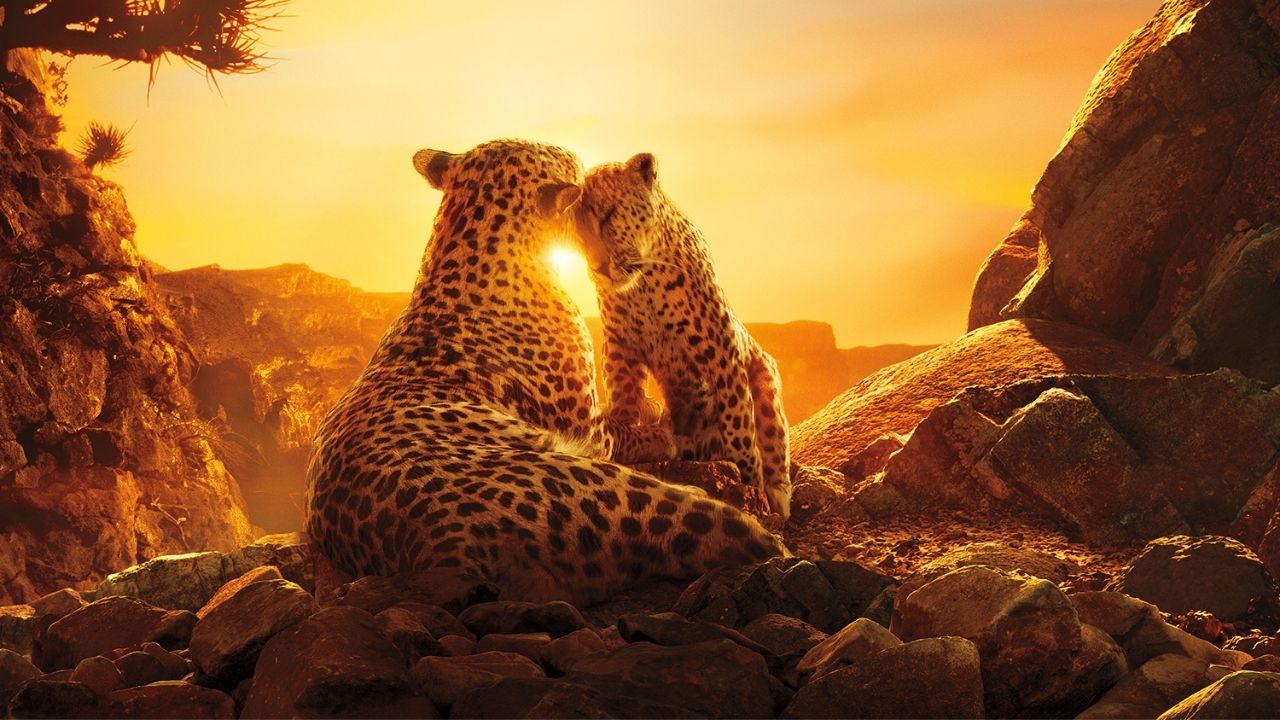
Climate crisis is here and however sad the year 2020 may have been for you, this realisation should be the biggest tragedy of them all.
Except, it probably won’t. Hence the Attenborough film ‘could’ make you cry and not that it ‘will’ make you cry.
The message itself is clear – there is no more room left for complacency. Going forth, whoever gets the urgency is expected to act immediately and whoever doesn’t, well then just be prepared to go extinct.
Because if there was one thing Attenborough’s latest nature film is absolutely certain about, it is that nature will go on with or without mankind. So it’s really up to us. All of us.
The documentary is told by Attenborough as his own “witness statement” in the case for whether the climate crisis is real. He speaks from 94 years of his one life on this planet, a majority of which is spent exploring its wildlife.
He is known to have roused the ire of several conservationists for not speaking up about climate change sooner, and mellowing it whenever he could, but this time he has gone in with all the blazing guns!
Besides identifying the crisis as real, he is also sharing his view of how it can be overcome.
Although sparingly, Attenborough dares to call out the Western countries and their high-maintenance capitalist lifestyles as the single biggest enemy of biodiversity and as a result, mankind itself.
But soon after a glimpse of the dystopic, he jumps into a reverie of optimism while discussing ways in which the catastrophe can be averted.
(Notice the change in tonality, the crisis that was already here suddenly jumps into the future and can be averted!)
Nevertheless, the film is a powerful production and aptly named the single most important documentary of the year by Forbes. I’d say make it our lifetimes! Meanwhile, let me list some reasons you are likely to tear up watching this film.
1. Because of the Lonely Orangutan
One of the first reasons this documentary is winning hearts despite a dystopian theme is the sheer power of good visual storytelling, of which Attenborough is the uncrowned king.
He brings to our little rectangles the endless possibilities of design in nature with some of the most unique living creatures.
As he acknowledges in the film as well, Attenborough makes full use of his privilege of being equipped with the latest technologies, to share images from both the deep woods and deep waters.
The drone shots capturing the contrast of a biodiverse forest against a monotonic palm tree plantation convey more than a thousand words ever could. All green is not good green. Diversity is the key. Period.
Or consider the lonely orangutan of Borneo seated atop the last standing member of the forest he calls home, clinging on to the last branch on its naked trunk. Check it out for yourself.
There were also those who asked the consumer-freaks of the world to decide what was more important – Nutella which is prepared from the palm oil of these fields or the orangutan’s home.
2. Because Attenborough’s Now a Radical!
Sir David Attenborough’s long career as a presenter of BBC natural-history programmes first began in 1953 with a three-part series called “Animal Patterns”.
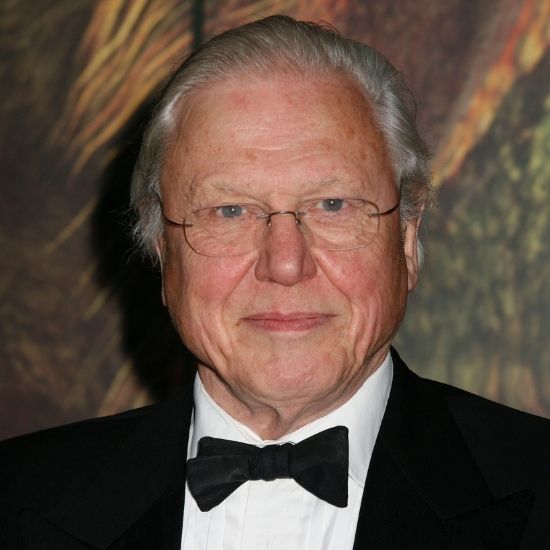
In the 70 fricking years that have passed since, he has been the face and voice of dozens of iconic series filmed and watched around the planet.
One can say he has rightfully earned the status of being one of the world’s most respected and influential science communicators.
However, for the longest time, the British historian roused the ire of conservationists for showcasing the world’s wild life as if it remained untouched by civilisation and completely safe.
His shows always portrayed the wilderness in so much abundance that the viewer could never imagine that 3 trillion trees were being cut all this time.
In fact, Attenborough has been quite public about his denial of climate change as a man-made disaster until recently.
I was sceptical about climate change. I was cautious about crying wolf…But I’m no longer sceptical…I have waited until the proof was conclusive that it was humanity changing the climate.
Attenborough
So what was it that finally did it for him? Attenborough has repeatedly cited a lecture he attended in Belgium by an American chemist from the year 2004 as his moment of epiphany on climate change.
The thing that really convinced me was the graphs connecting the increase of CO2 in the environment and the rise in temperature, with the growth of human population and industrialisation
Attenborough
Almost a decade and a half later, Attenborough has stood his ground on the issue and is slowly daring to call out the capitalist businesses responsible for a majority of the deforestation.
However, the tone remains mellowed and between industrialisation and population growth, the latter is given more prominence.
But kudos to Attenborough for quickly sliding in the fact that 16% of humans account for nearly half the carbon emissions in the world.
3. Because Attenborough is 93!
As mentioned above, the documentary is narrated by Attenborough as his own “witness statement”, making the case for whether the climate crisis was real for them non-believers.
The film walks us through the most important events that happened in the world during this century – the international flying, the Apollo Mission, a 1 degree Celsius rise in earth’s temperature, world’s forested lands down by half, dying corals, to a fast melting Arctic.
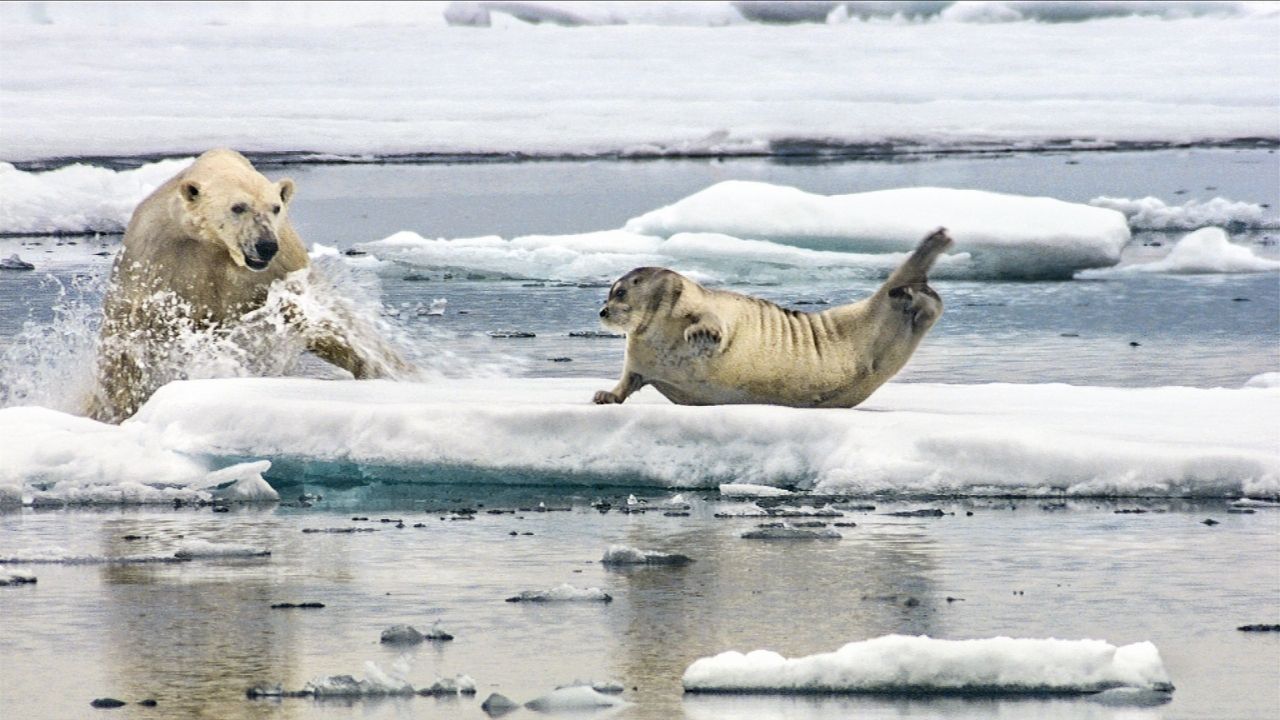
If nothing else, the film is an ode to an extraordinary life and it bears the burden gracefully.
An onscreen ticker tracking population, carbon emissions and forest cover from the time Attenborough is born to when he sits down to narrate A Life On Our Planet, looms silently over the film.
All those visuals from his younger, blissfully ignorant days travelling the world and catching lizards for the camera, relate instantly.
He even reflects at one point in the narration that he was absolutely unaware of the wilderness disappearing even as he was out and about documenting it on film. A magnificent delusion!
4. Because it starts in Chernobyl!
The fact that the entire premise is set in Chernobyl where all those years ago a nuclear plant blew up and lethally polluted a whole city, is gravely symbolic.
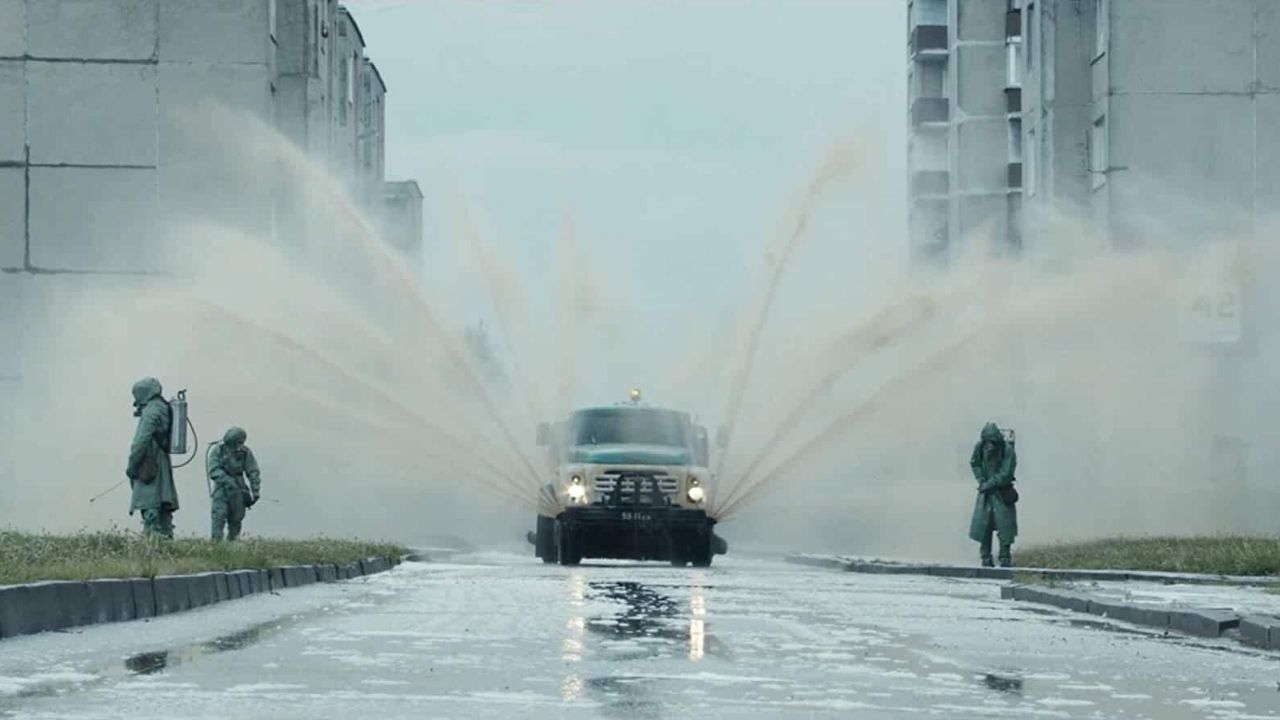
It stands as reminder of the sheer scale of devastation that callousness and mistakes can bring upon humanity.
The documentary both begins and ends in Chernobyl. It begins with remembering the devastation and ends with the hope that nature can conquer it all, even the mistakes of mankind.
What we need to understand is that we can only survive disasters, even of our own making, if only we learn to live and thrive with nature.
A Life on Our Planet is currently streaming on Netflix.
5. About A Life on Our Planet
As per the official Netflix synopsis of A Life on Our Planet, it is a broadcaster’s recounting of his life, and the evolutionary history of life on Earth, to grieve the loss of wild places and offer a vision for the future.
But this 1h 23m long documentary is a very different kind of nature film. For decades, David Attenborough has taken us from the jungles of Borneo to the savannahs of Africa – from vibrant rainforests to the bleak beauty of the polar regions.
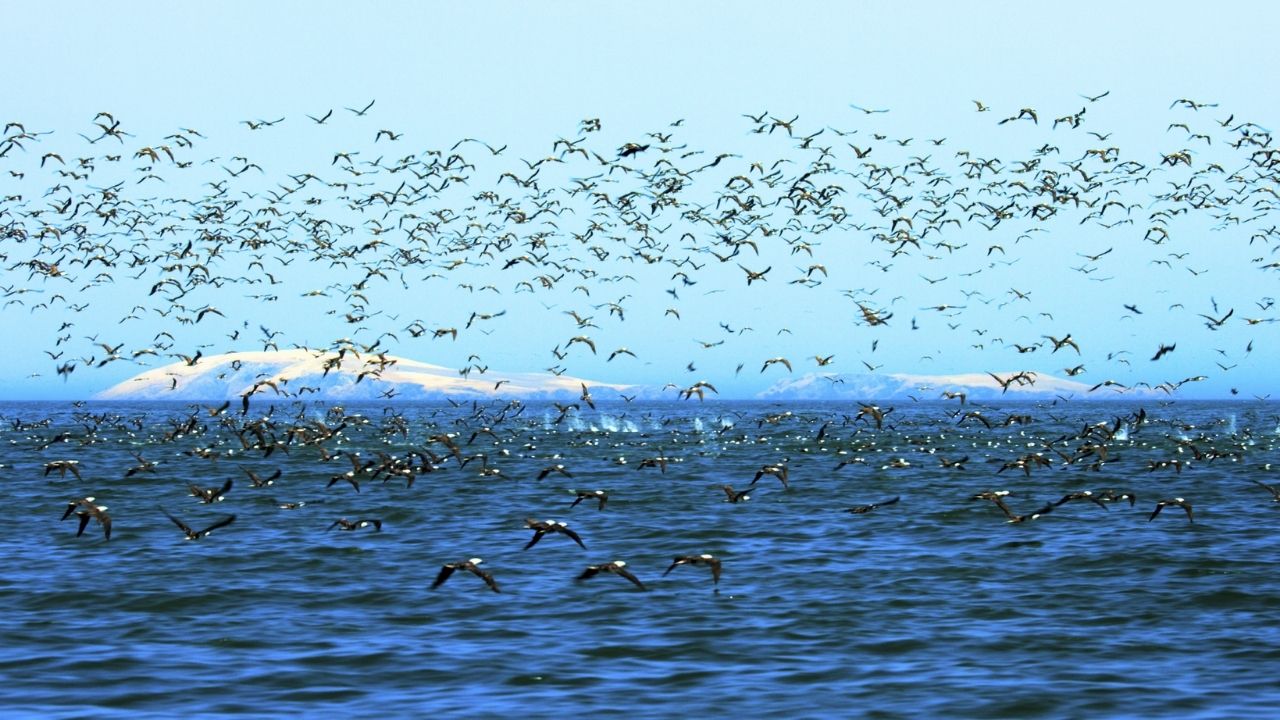
But in A Life On Our Planet, we follow his 70-year-old career in a new context – climate change.
Attenborough is best known for his ground-breaking natural history series which took him to every continent on the globe, exploring the wild places of our planet and bringing the wonders of the living world to audiences worldwide.
His work includes: Life on Earth, Planet Earth and more recently the Netflix original documentary series Our Planet.
Sources: Carbonbrief
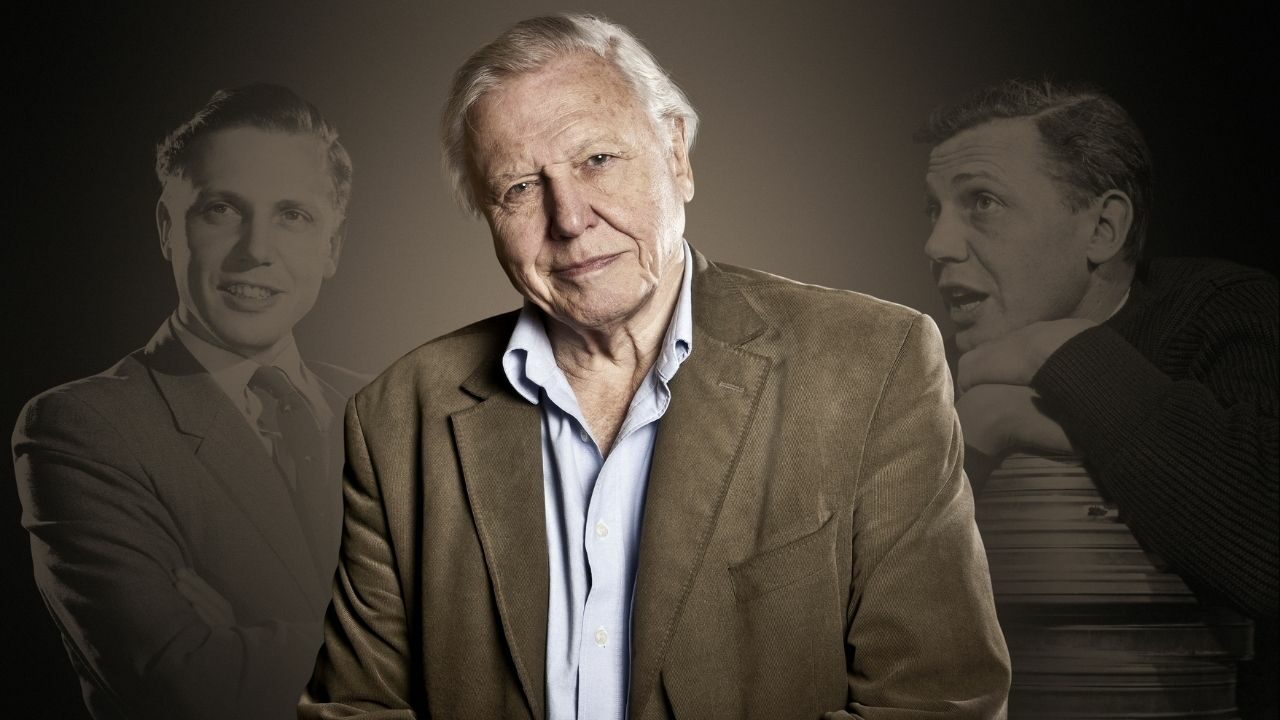

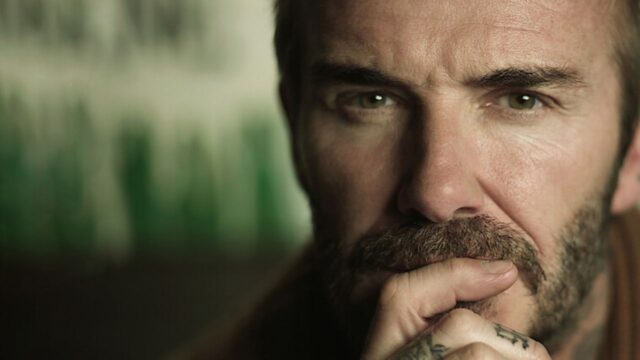
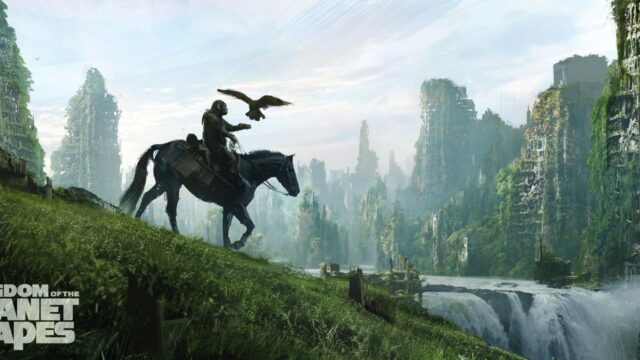


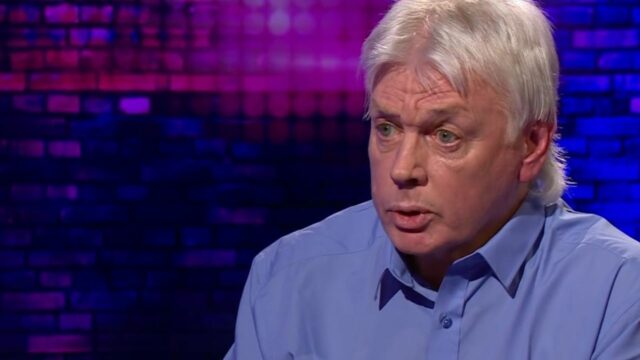
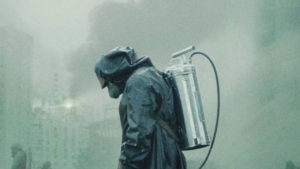

No Comments on Why David Attenborough’s Climate Change Film Could Make You Cry?